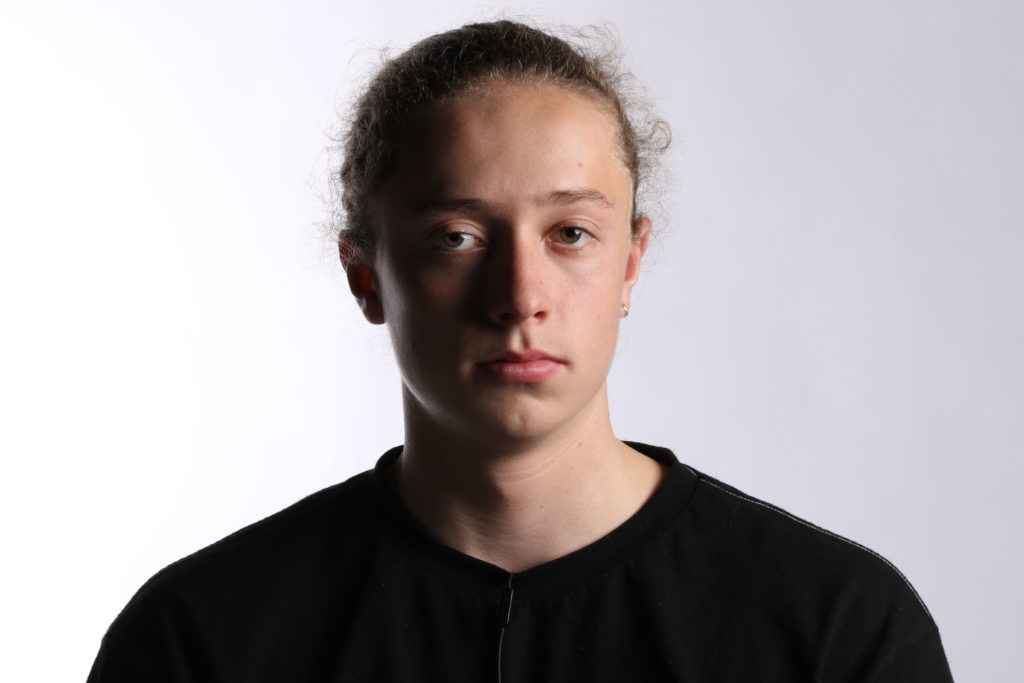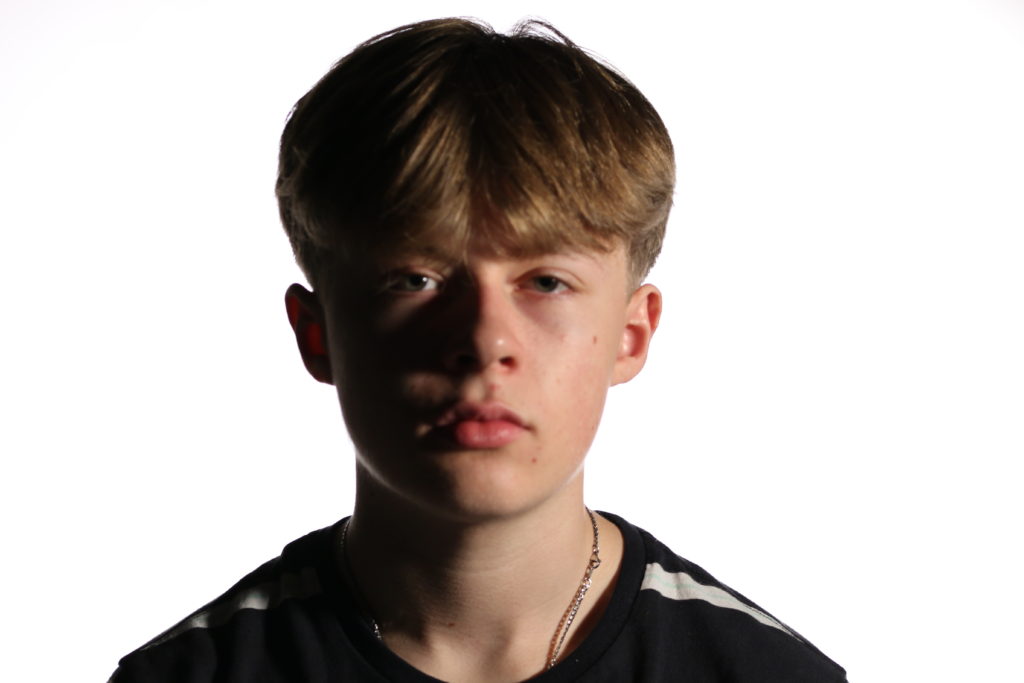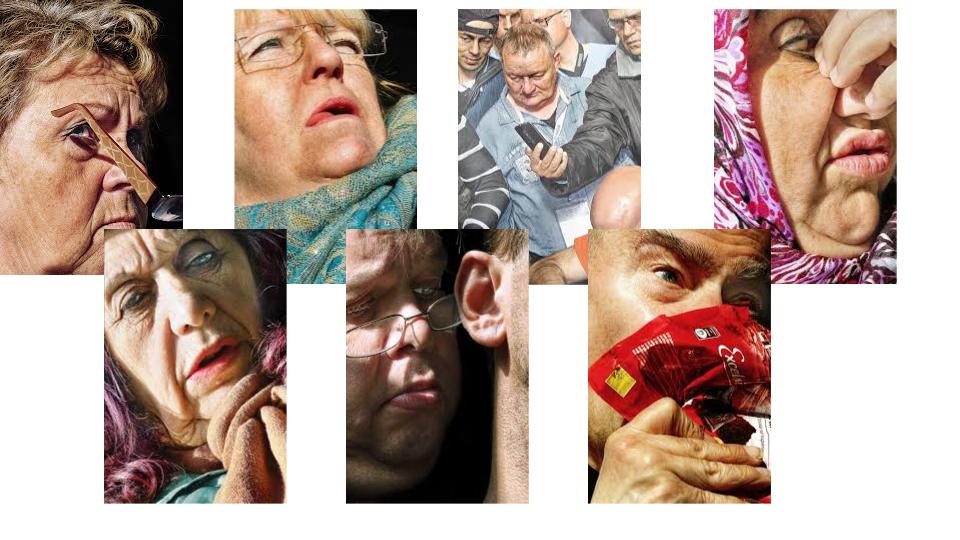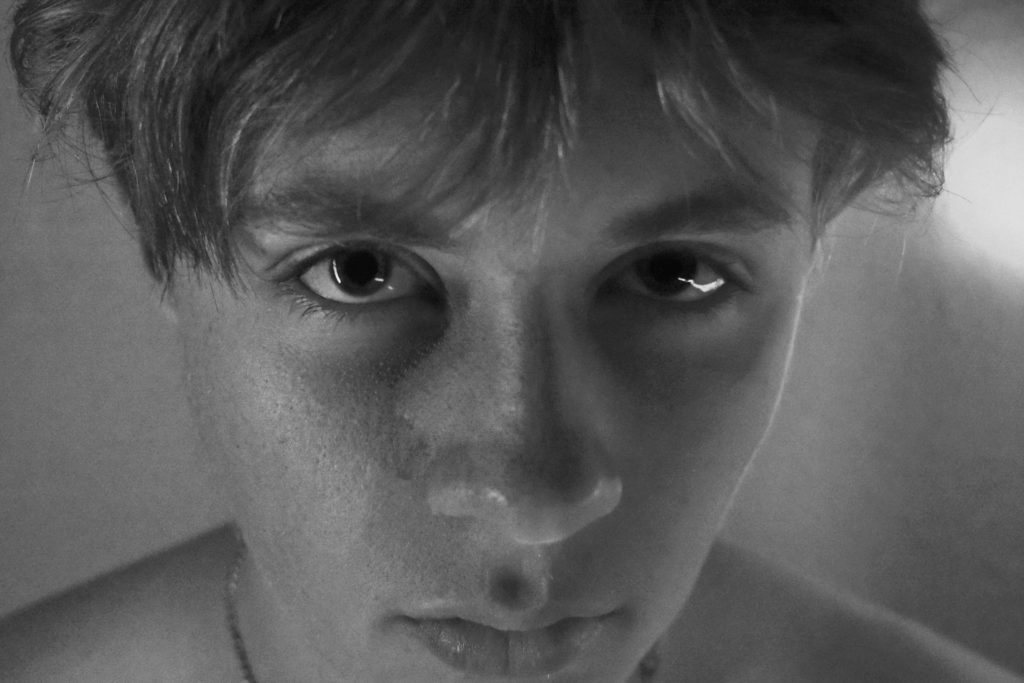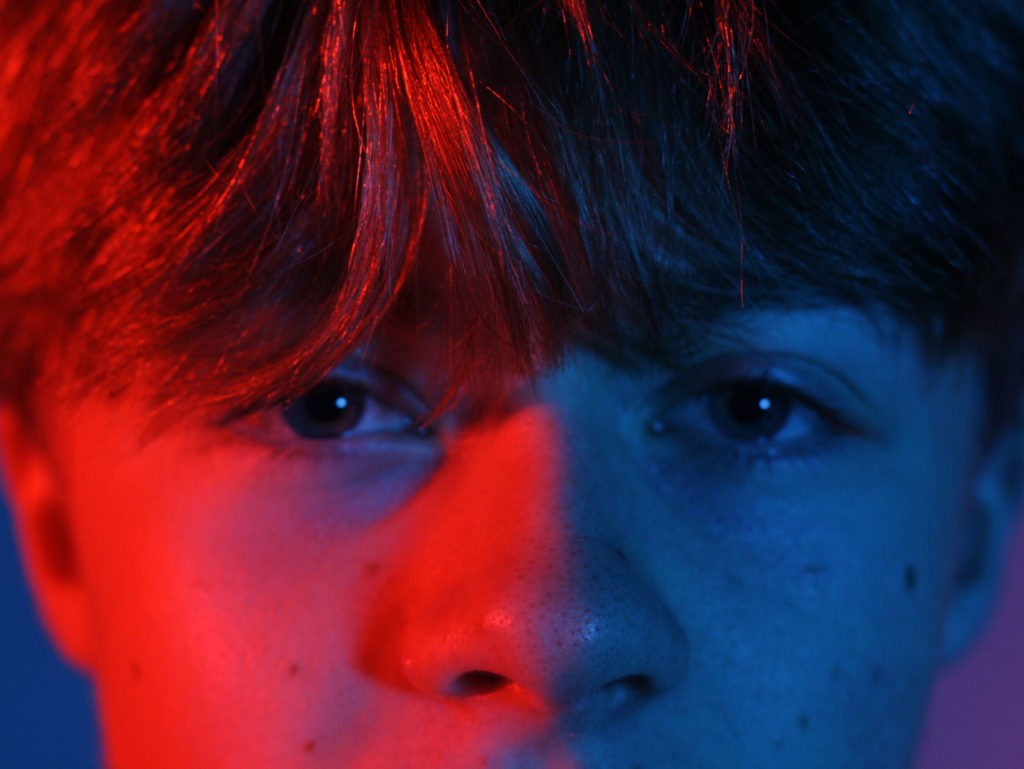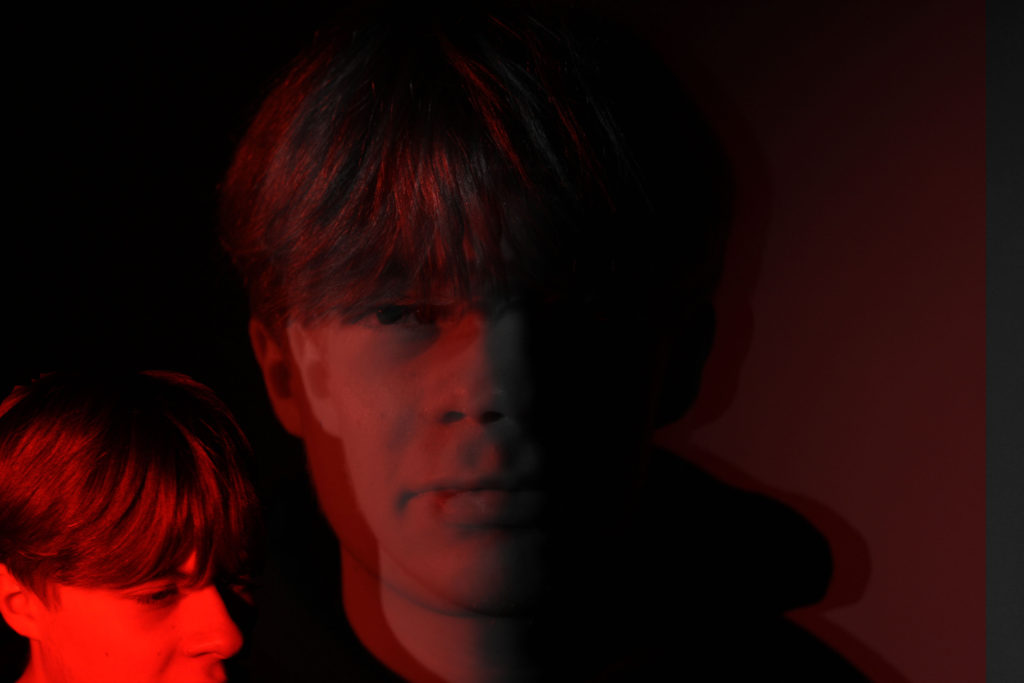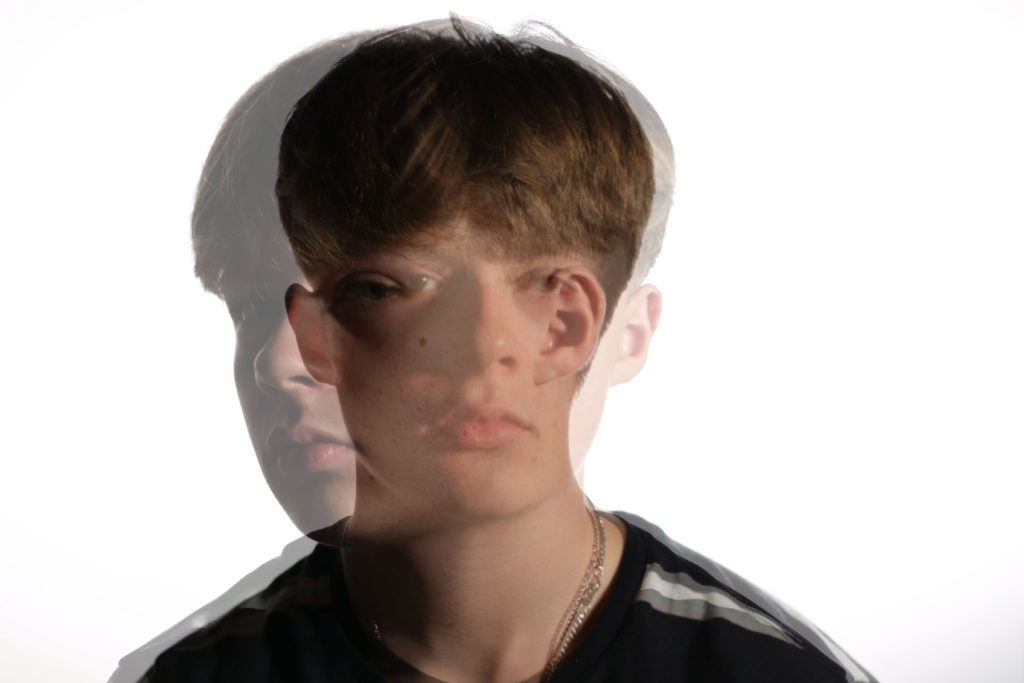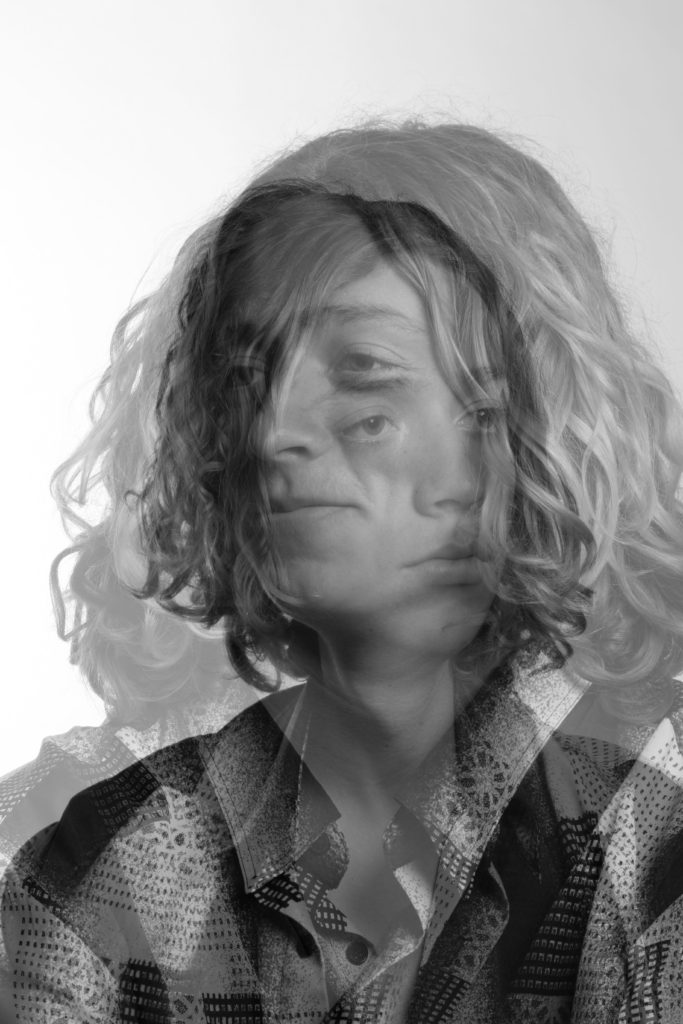Now that it’s over, what are my first thoughts about this overall project? Are they mostly positive or negative?
My first thoughts about this project are that I feel as if I should have thought more in depth about what the assessment was asking me to photograph rather than going off on my own idea which might not link very well to what is asked of me.
If positive, what comes to mind specifically? Negative?
My positive views about this project are that i enjoyed the topic of identity and place. It seemed as if the whole identity theme was not too hard to understand and easy to find something to work on.
What were some of the most interesting discoveries I made while working on this project?
During this project I found out how to use different light to effect different parts of photos that I was taking. For example, to get a glow effect on a front of a face, use mostly a white light , and then use coloured light in the background.
What were the challenges?
I found it tricky to find an artist that related to my work and my final outcomes. The artist in the end that I chose was good enough to relate to but wasn’t very helpful when coming to analysis and comparing my work and theirs.
What is the most important thing I learned personally?
The most important thing I have learned during this project is that I definitely need to get more work done before the exam as I was very close of running out of time.
How did I come up with my final best solution?
My final solution to this project was to use inspirations from other photographers and input that into my work, then i would confidently know that my work has some sort of connection to the topic.
What most got in the way of my progress if anything?
The time that I had I felt as if I wasn’t going to have enough time, therefore I worried and struggled to focus on what needed to be done with the time that I did have.
What obstacles did I overcome?
In the end I didn’t doubt myself that my work was that bad, so i overcame my fear of thinking that my work was rubbish when actually it came out okay.
What did I learn were my greatest strengths? My biggest areas for improvement?
My greatest strengths that I found was analysing a photographers piece of work and working in the studio. In the studio I used equipment that I hadn’t really used often and my images turned out good. I improved on my editing skills in photoshop and how to recover an image that had not gone to plan with wording and comparing it to a certain photographers work.
What would I do differently if I were to approach the same problem again?
If I came across some images that I was not happy with in the exam, I would make sure that I had enough other images to use and another plan if needed.
What could I do differently from a personal standpoint the next time I work?
I would make sure that if I would have the exam again or a similar one, I would check my images first before choosing my best ones in the exam.
What can I improve?
I can improve on my knowledge of how to evaluate my own images and how to link them back to the question asked or the topic or a photographer. I would write more in detailed of what my point is for my work and explain exactly what i am trying to get across to people in my images.
How will I use what I have learned in the future?
Hopefully in my next exam i can improve by getting a better grade than I did before by using my free time to make the exam be easier for me and for me not to stress. I can also think more about what is being asked and be more creative with my final outcomes.
WWW – WHAT WENT WELL
In my opinion , my (what went well) would be my research and analysis and understanding of the topic. This is shown as I got I better grade in that part of the exam then the other parts. My own understanding for the work I can write in detail and I can add in other views of the topic from different people.
What are your strengths and weaknesses?
As said before I feel as if my strengths in this project were the analysis with both a photographers work and my own.
My weakness in this project would defiantly be the skill level of using photoshop.
EBI – EVEN BETTER IF
I feel I could improve my work if I came up with a more creative and advanced outcome with my final images. This could be either how i present them on the blog, or how and when and where I take them. I could change my idea on the topic and think of something more interesting that I would have more to write about.



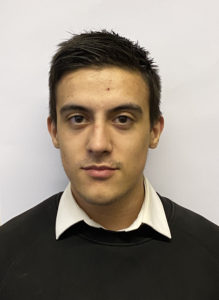


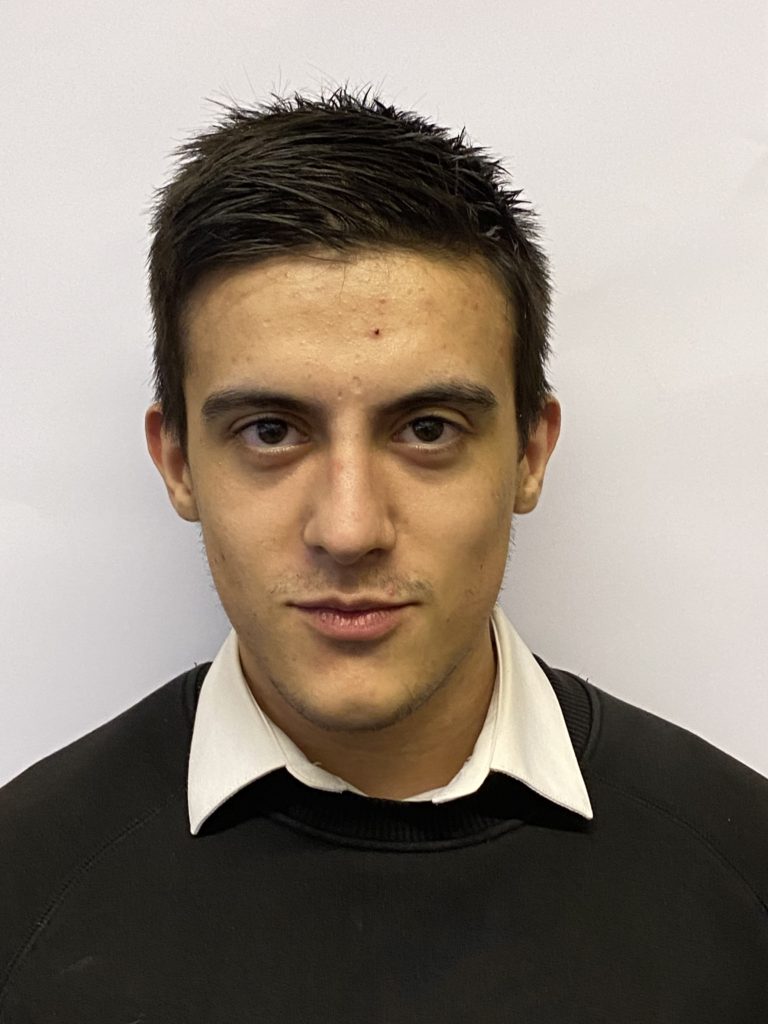
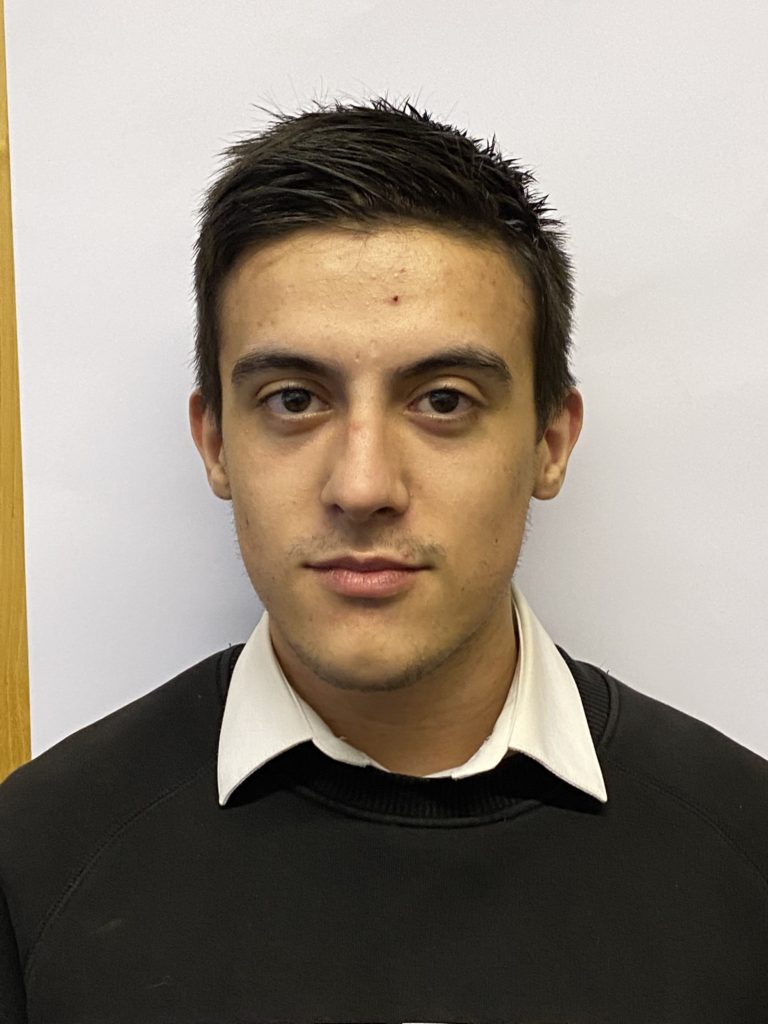
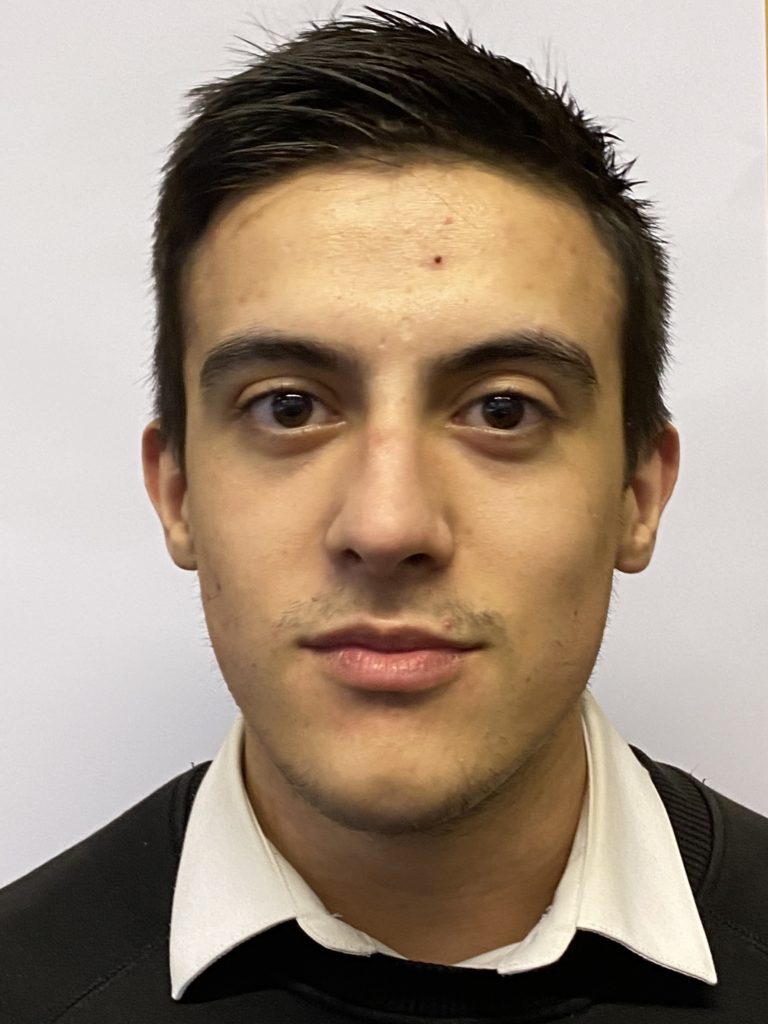

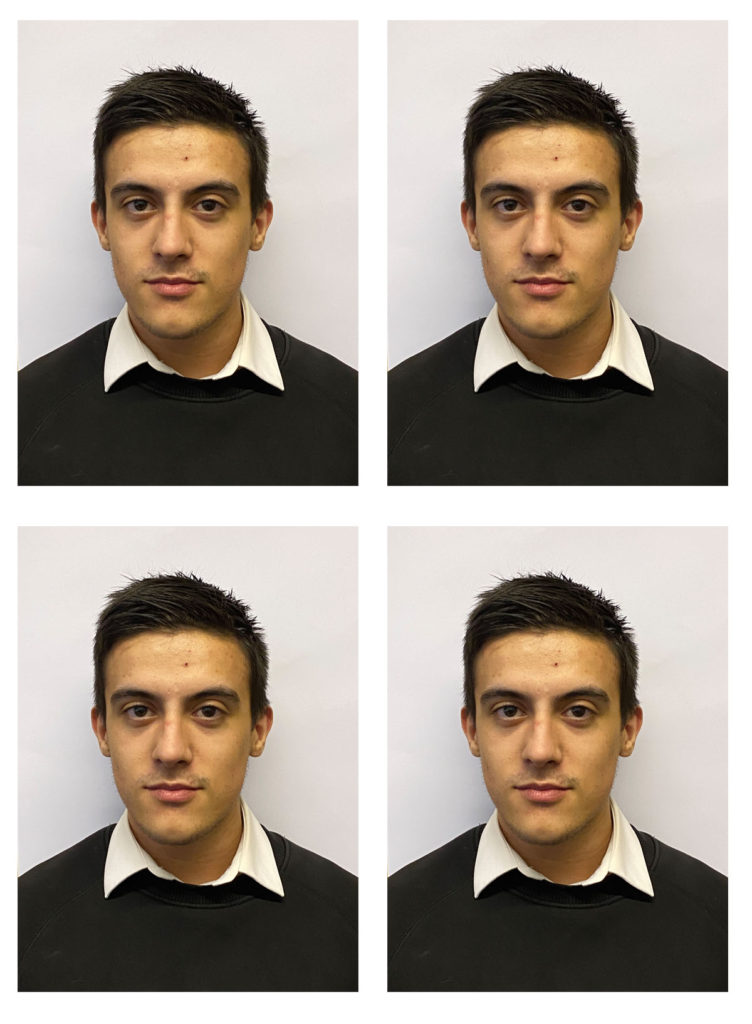
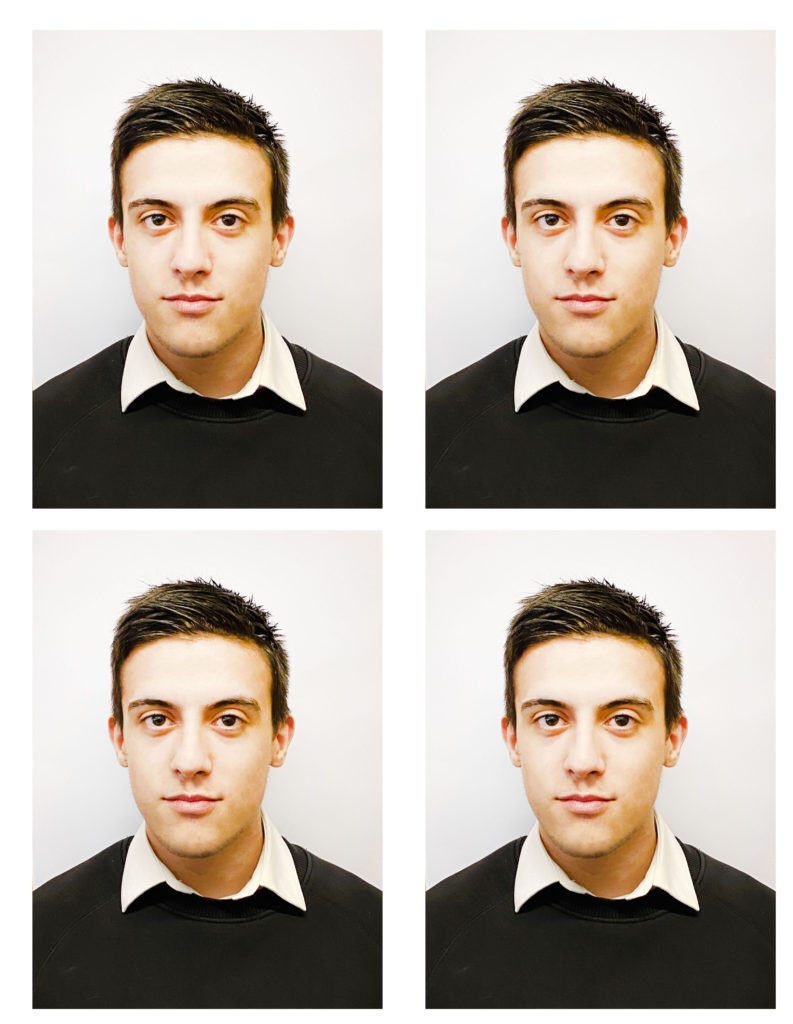
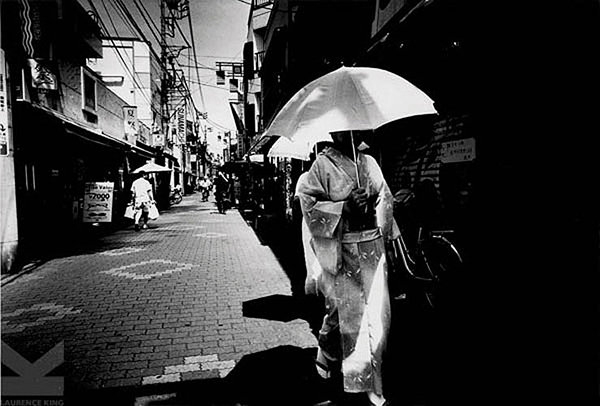

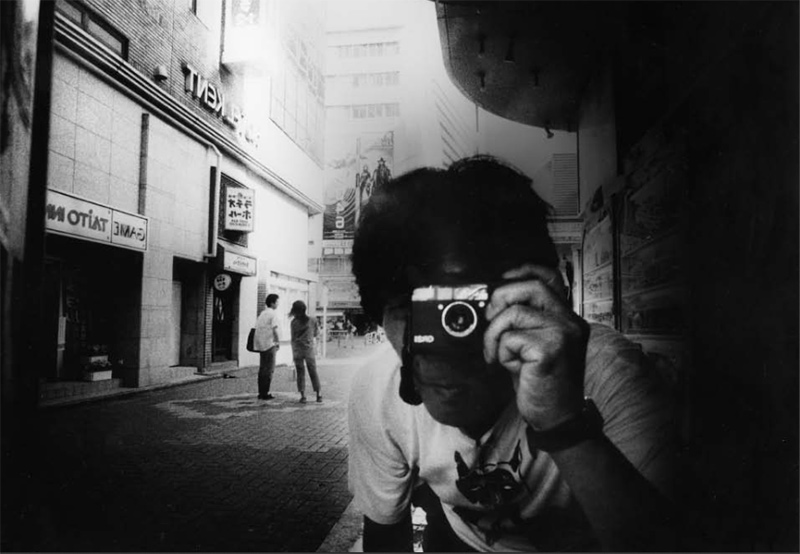
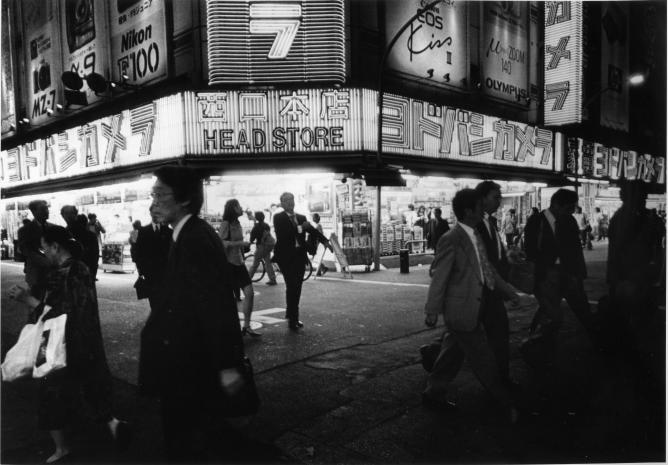
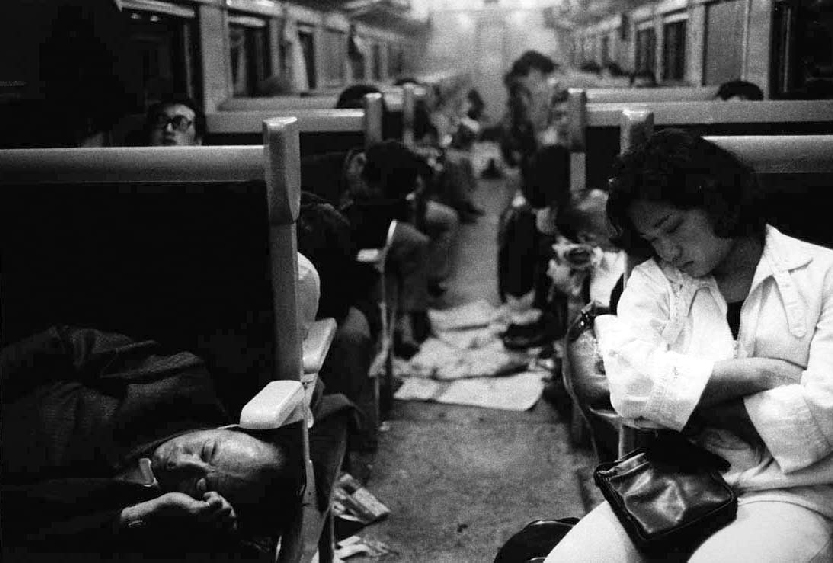
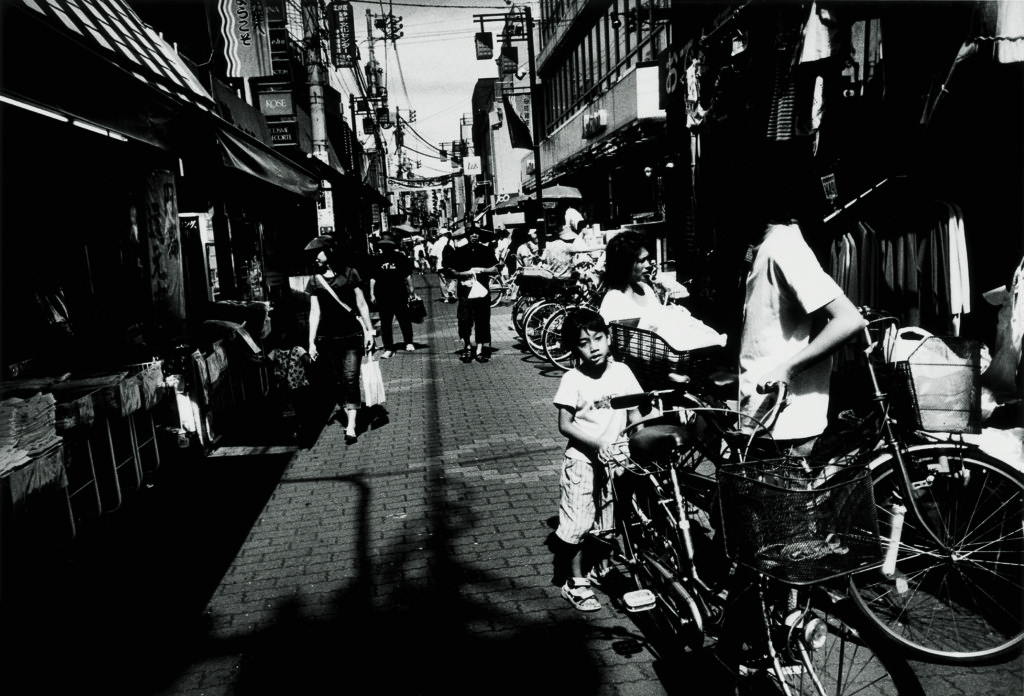
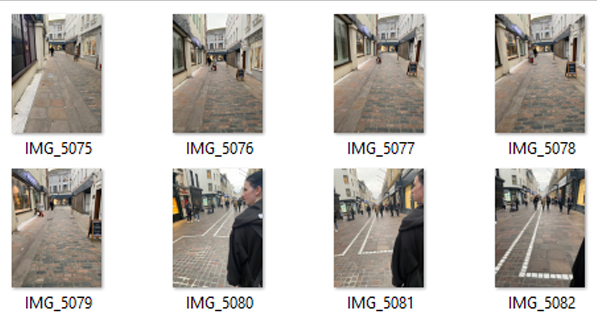
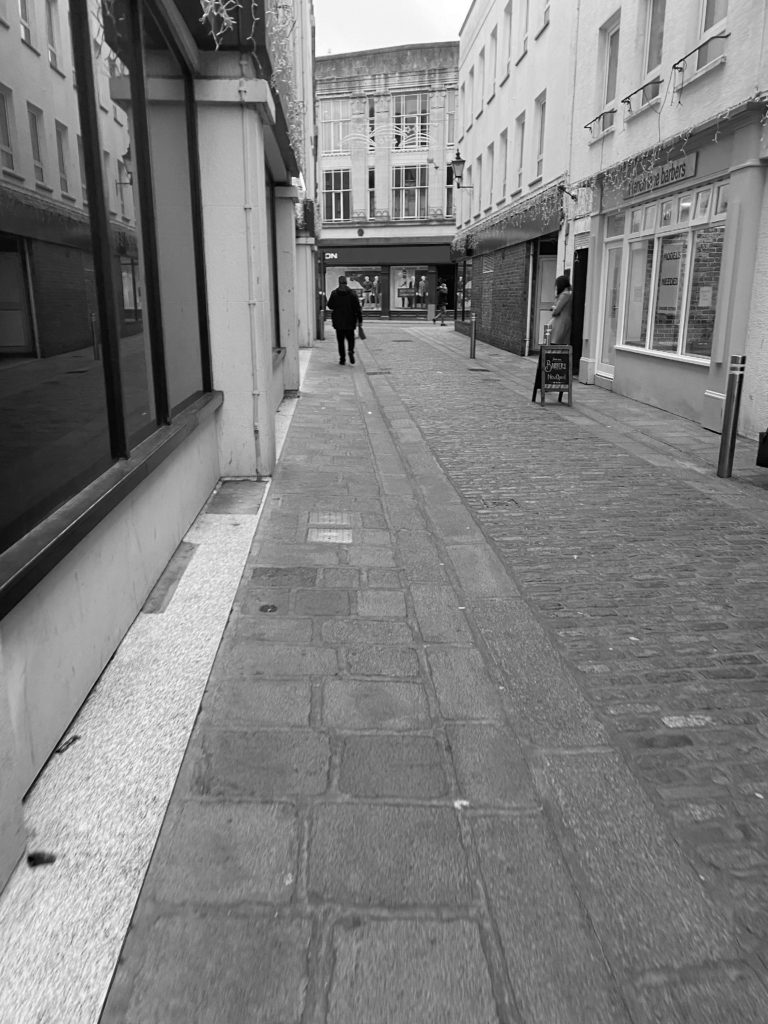


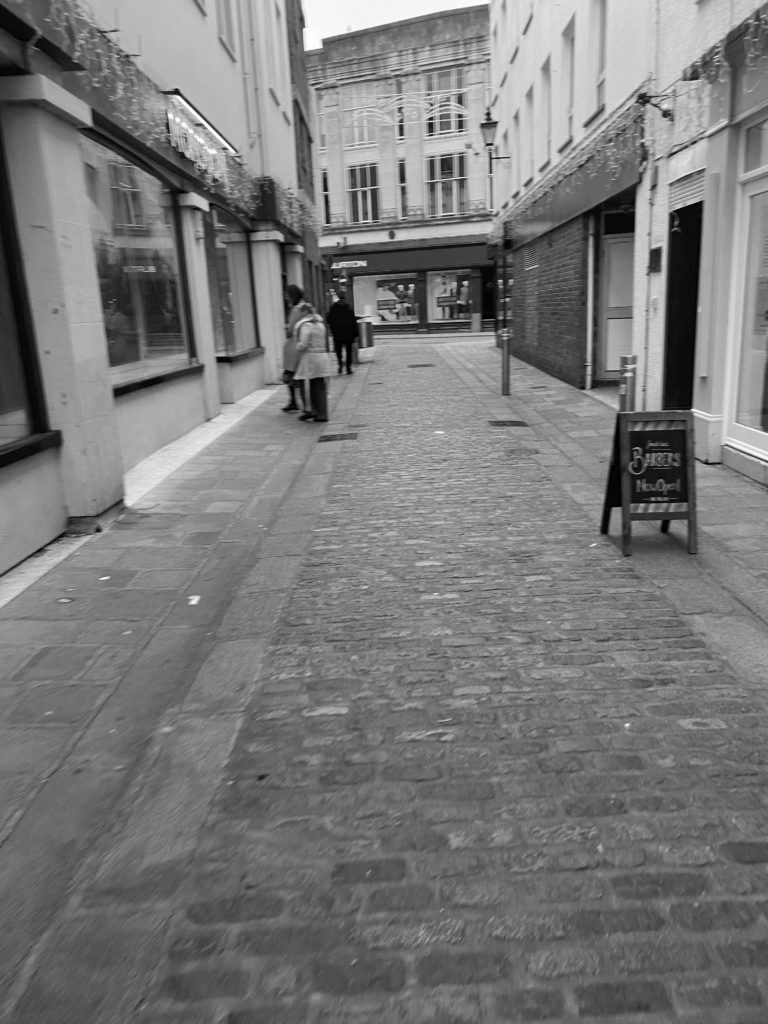

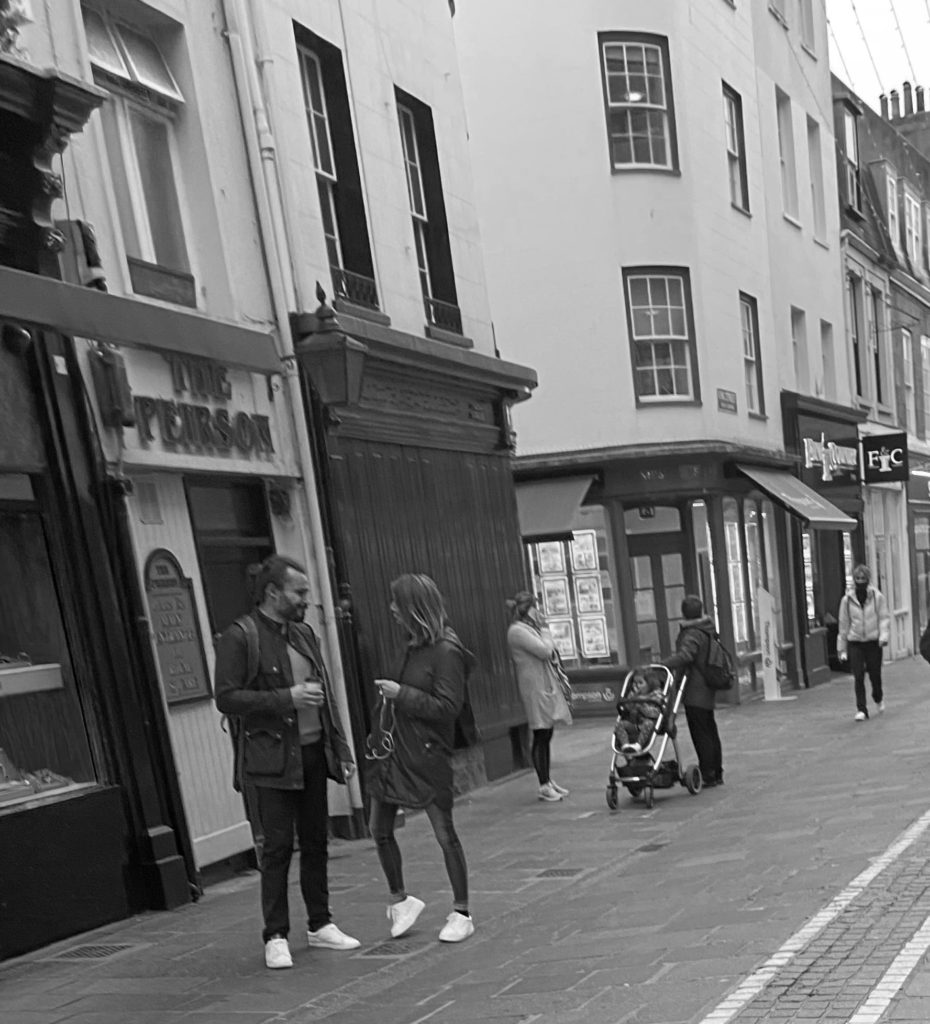
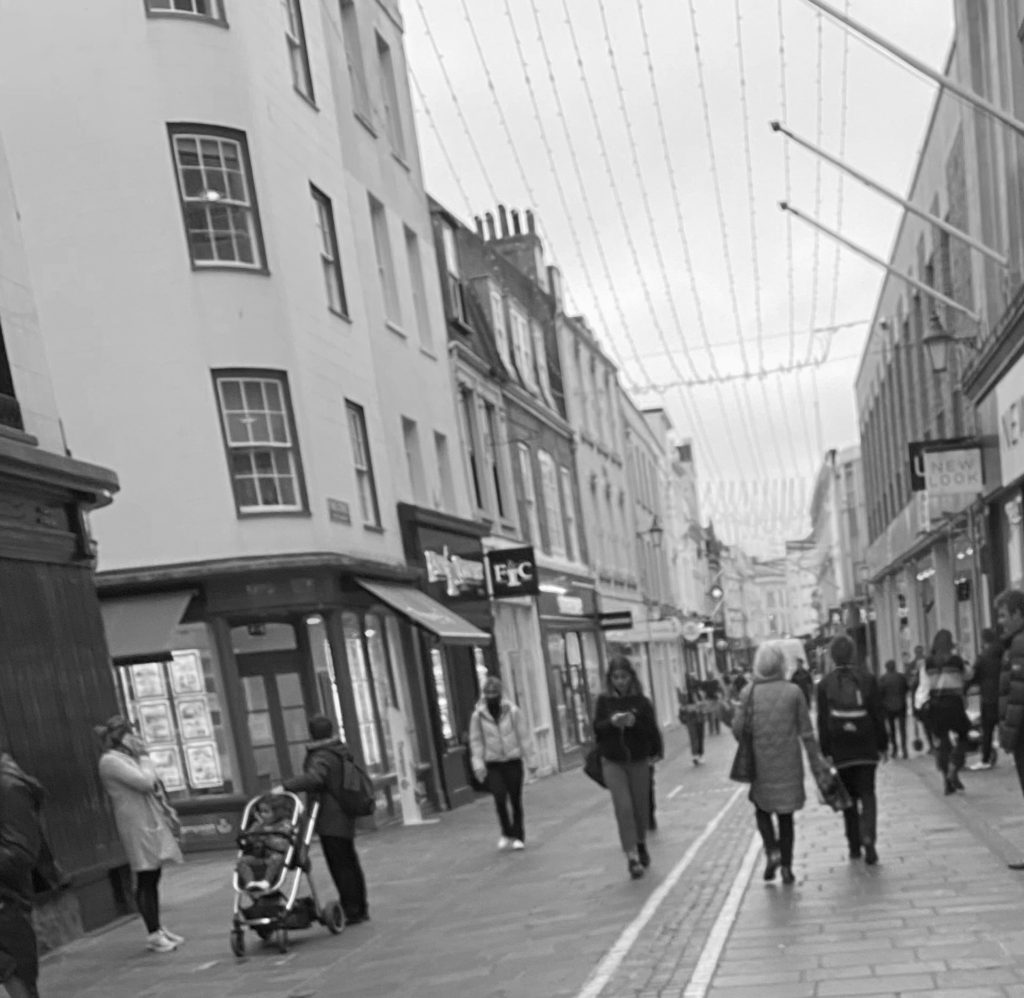
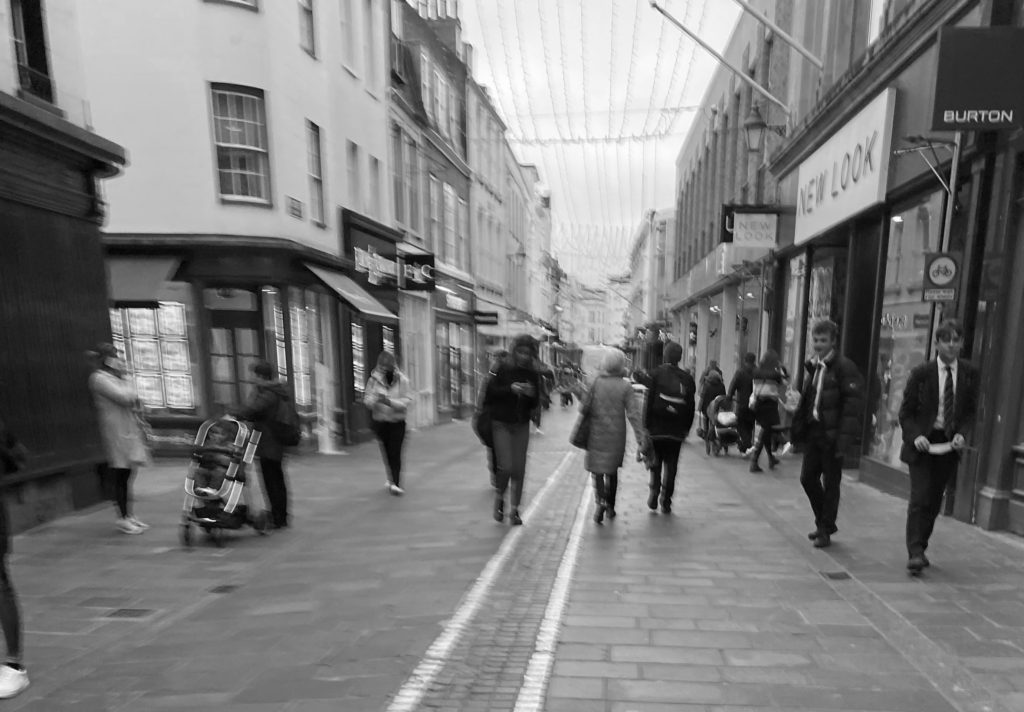
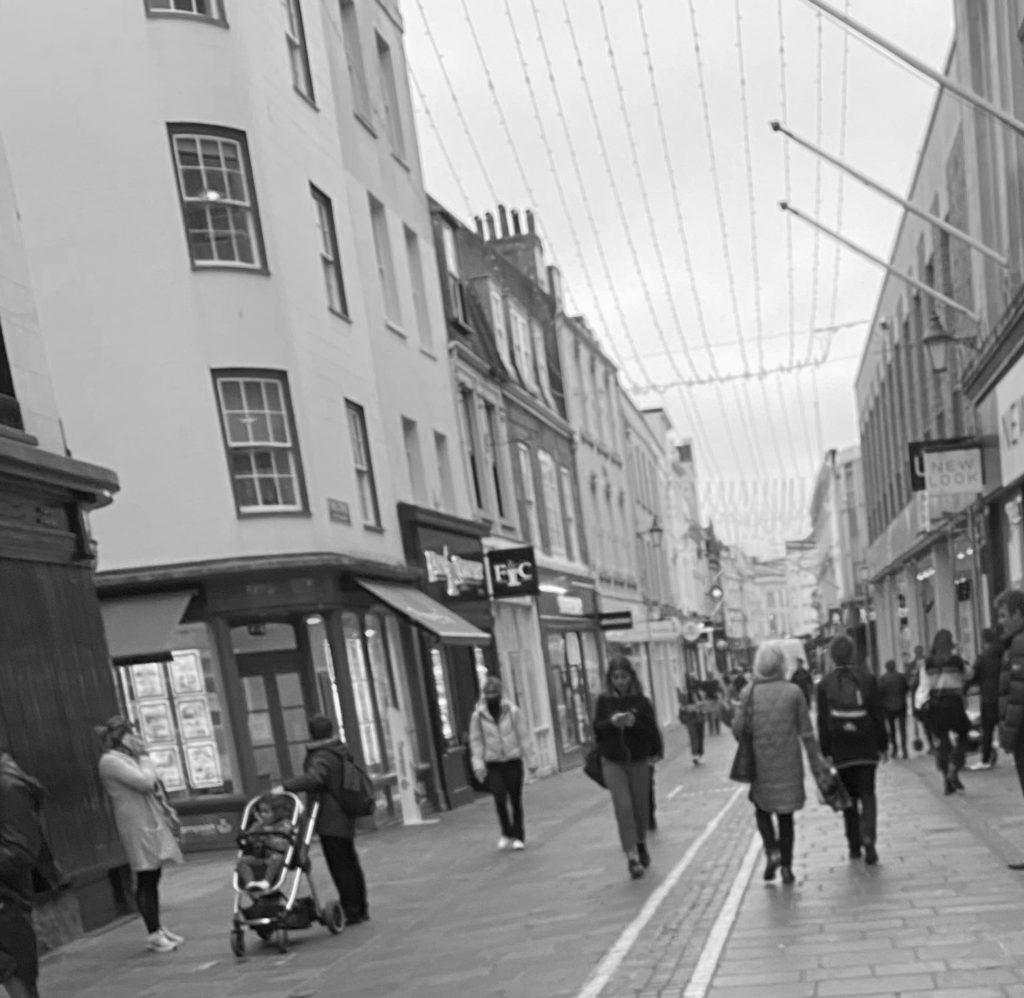
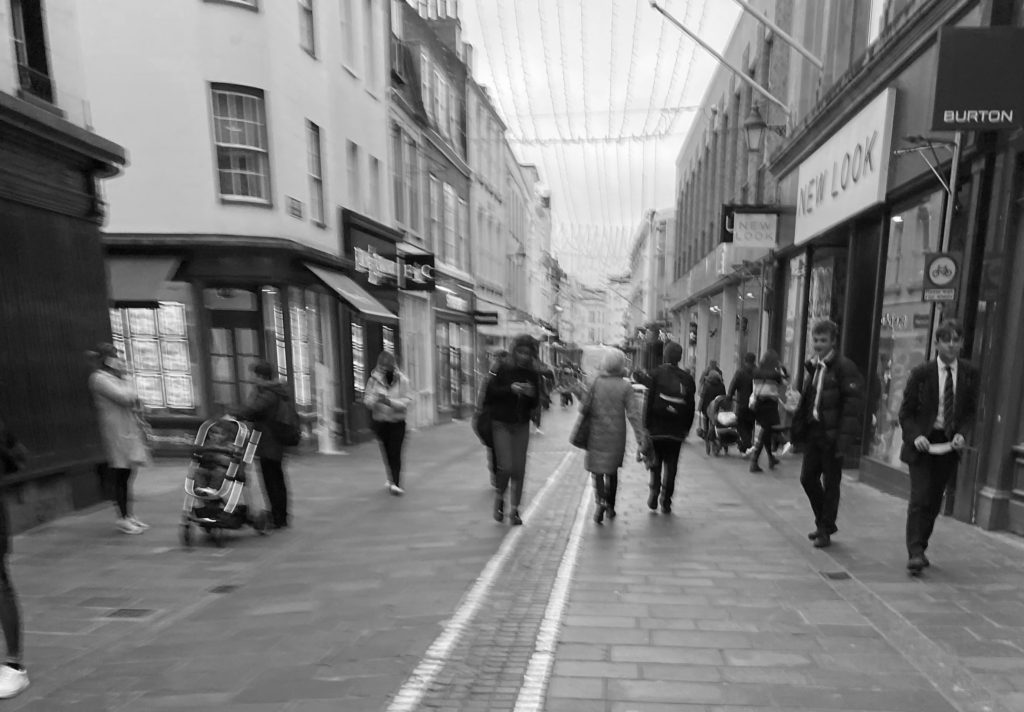

RFF0015.jpg&usqp=CAU)
,%2BThomas%2BRuff,%2BGerman,%2Bb.%2BZell%2Bam%2BHarmersbach,%2B1958,%2B1987%2B.jpg&usqp=CAU)
